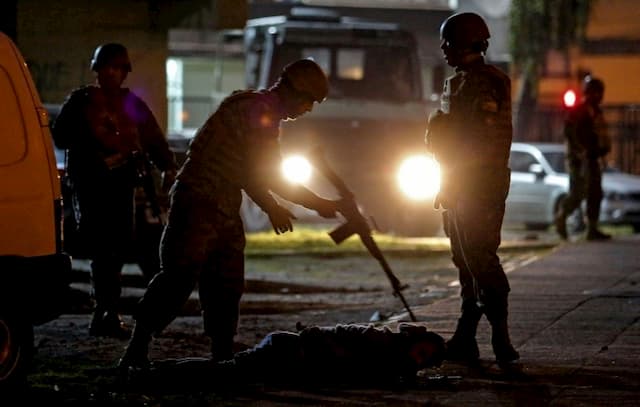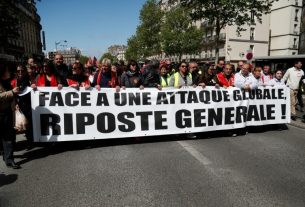Chile is plagued by the worst social explosion in decades. The riots had killed 7 people Sunday 20th October 2019, the state of emergency was declared.
Chile is “at war,” President Sebastian Piñera said Sunday 20th October 2019, whose country has been shaken for three days by riots and looting that have killed seven, the worst social explosion in decades.
For the second consecutive night, a curfew measure was decreed in Santiago between 19h and 6h local. The state of emergency is also in force in several regions, including the capital of 7 million inhabitants. It was extended Sunday night to several major cities in the south and north of the country.
President Piñera told the press:
“We are at war with a powerful enemy, implacable, who respects nothing and no one and who is ready to use violence and delinquency without any limit. “
General Javier Iturriaga, charged Friday of public security by the head of state, for his part called the inhabitants to remain “calm” and not to leave home.
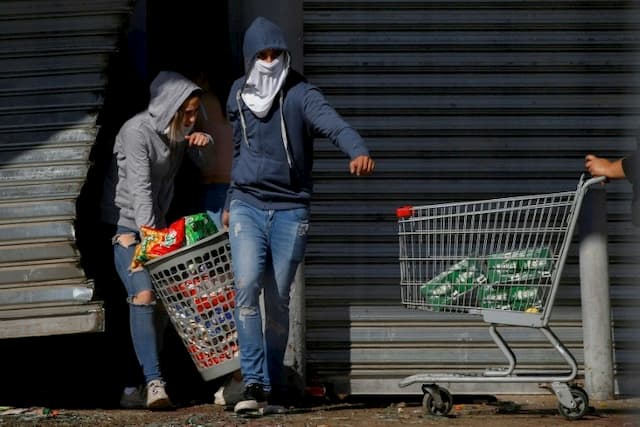
Looting, fires …
The riots continued on Sunday. Clashes took place between protesters and policemen in the afternoon in central Santiago, while looting took place in several parts of the capital.
Five people were killed in the burning of a clothing factory plundered. “Five bodies were found inside the plant due to the fire,” in the north of the capital, local fire chief Diego Velasquez told local media.
Two people were already dead in the night from Saturday to Sunday in the fire of a supermarket also looted by protesters in the south of the capital and a third was injured, the body burned “75%”, according to the authorities.
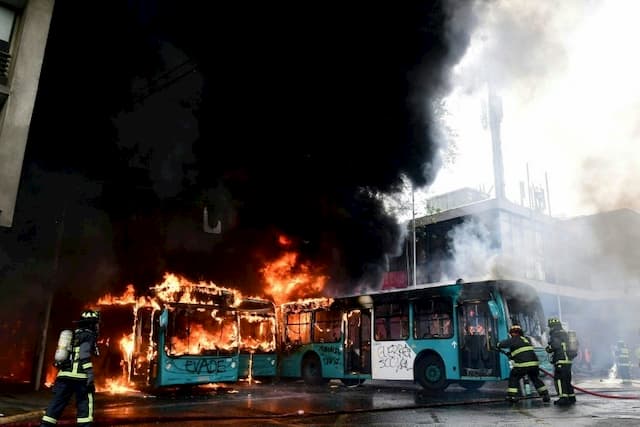
Two people were also shot and hospitalized in a “serious” state after an incident with the police during the looting, also in the south of the capital, according to the same source.
Nearly 10,000 police and soldiers have been deployed. Military patrols on the streets are a first in the country since the end of the dictatorship of General Augusto Pinochet (1973-1990).
According to the authorities, 1462 people were arrested, including 644 in the capital and 848 in the rest of the country.
After three days of violence, the centre of the Chilean capital and other major cities, such as Valparaiso and Concepcion, offered faces of desolation: red lights on the ground, charred bus carcasses, businesses looted and burned.
Several hundred flights were cancelled at Santiago Airport during the curfew. Thousands of travellers were stranded for the night in the terminal.
Social fracture
The demonstrations began Friday to protest against an increase in the price of metro tickets in Santiago – 800 to 830 pesos (about 1.04 euros) – the largest network (140 km) of South America that carries about three million passengers.
Sebastian Piñera suspended the hike on Saturday. But the protests and violence continued, fueled by anger at the socio-economic conditions and inequalities in the country praised for its economic and political stability, but where access to health and education is the almost entirely private sector.
Dozens of supermarkets, vehicles and service stations were ransacked or burned. Buses and metro stations have been particularly targeted. According to the government, 78 subway stations were damaged, some of which were totally destroyed.
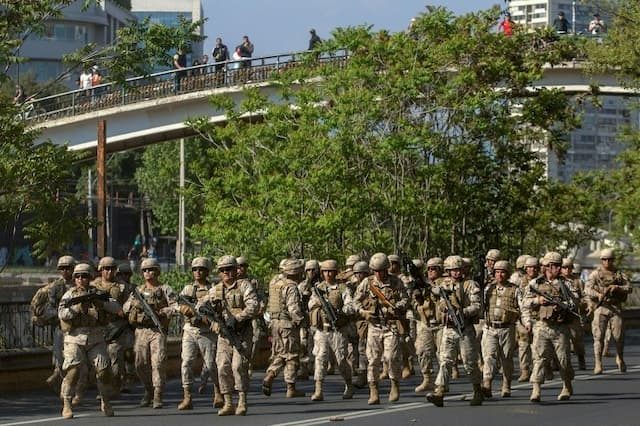
This damage in the subway is estimated at more than 300 million dollars and a return to normal on some lines could take “months”, said Sunday the president of the national public transport company, Louis de Grange.
“It’s not just the metro, but everything. The Chileans have been fed up with the injustices, “Manuel, a worker who was trying to win his workplace Sunday, told a local television channel.
A few buses circulated in the capital, forcing the inhabitants to fall back on the taxis and the VTC, whose prices flew away.
Some small businesses nevertheless reopened as well as service stations where the queues of cars were visible, the inhabitants fearing a continuation of the violence Monday while students called for new demonstrations.
“From the outside, we could only see the successes of Chile, but inside, there are high levels of fragmentation, segregation (…) The youth was tired and went out on the streets to show her anger and disappointment, “Lucia Dammert, professor at the University of Santiago de Chile, told AFP.

